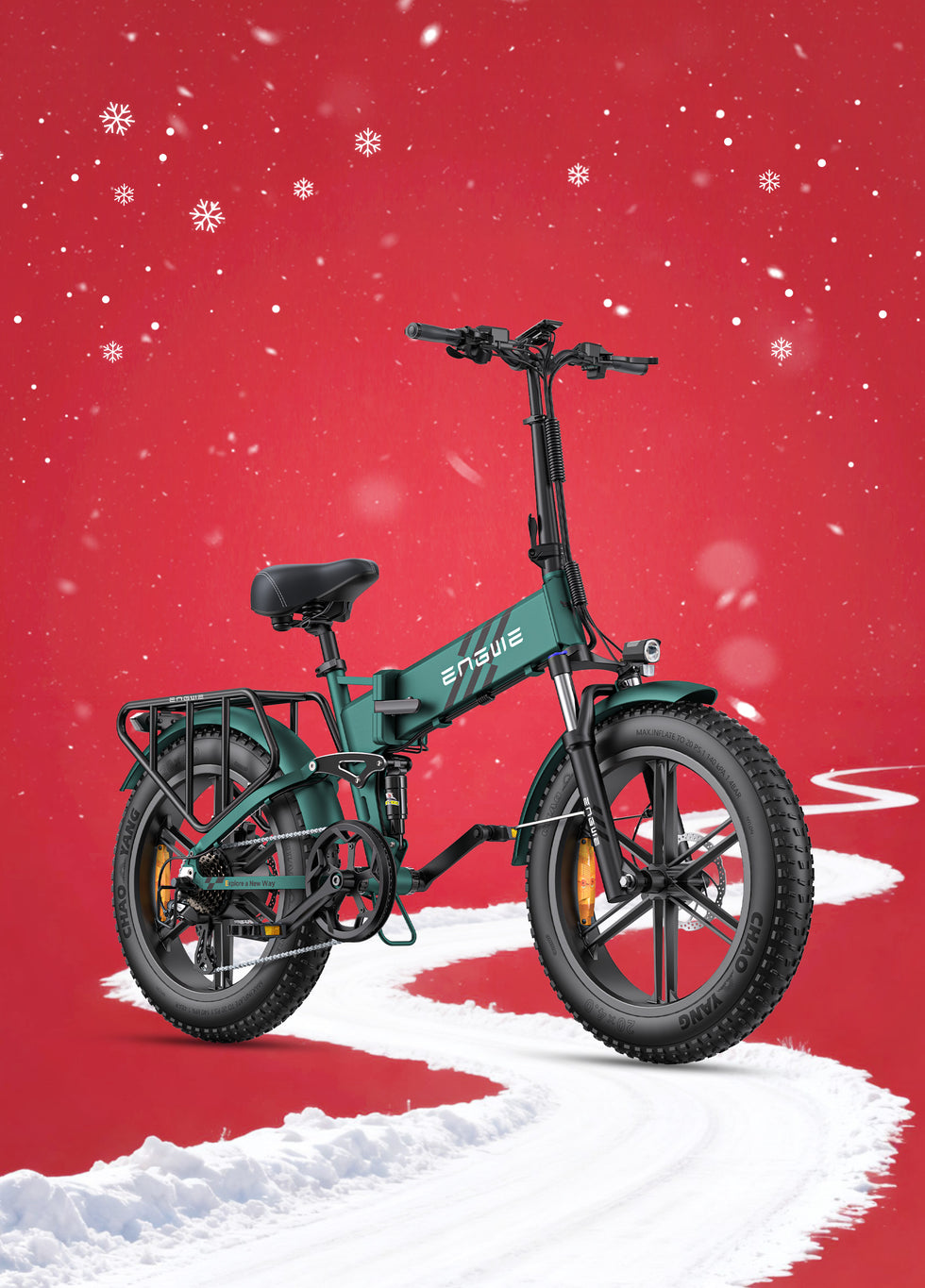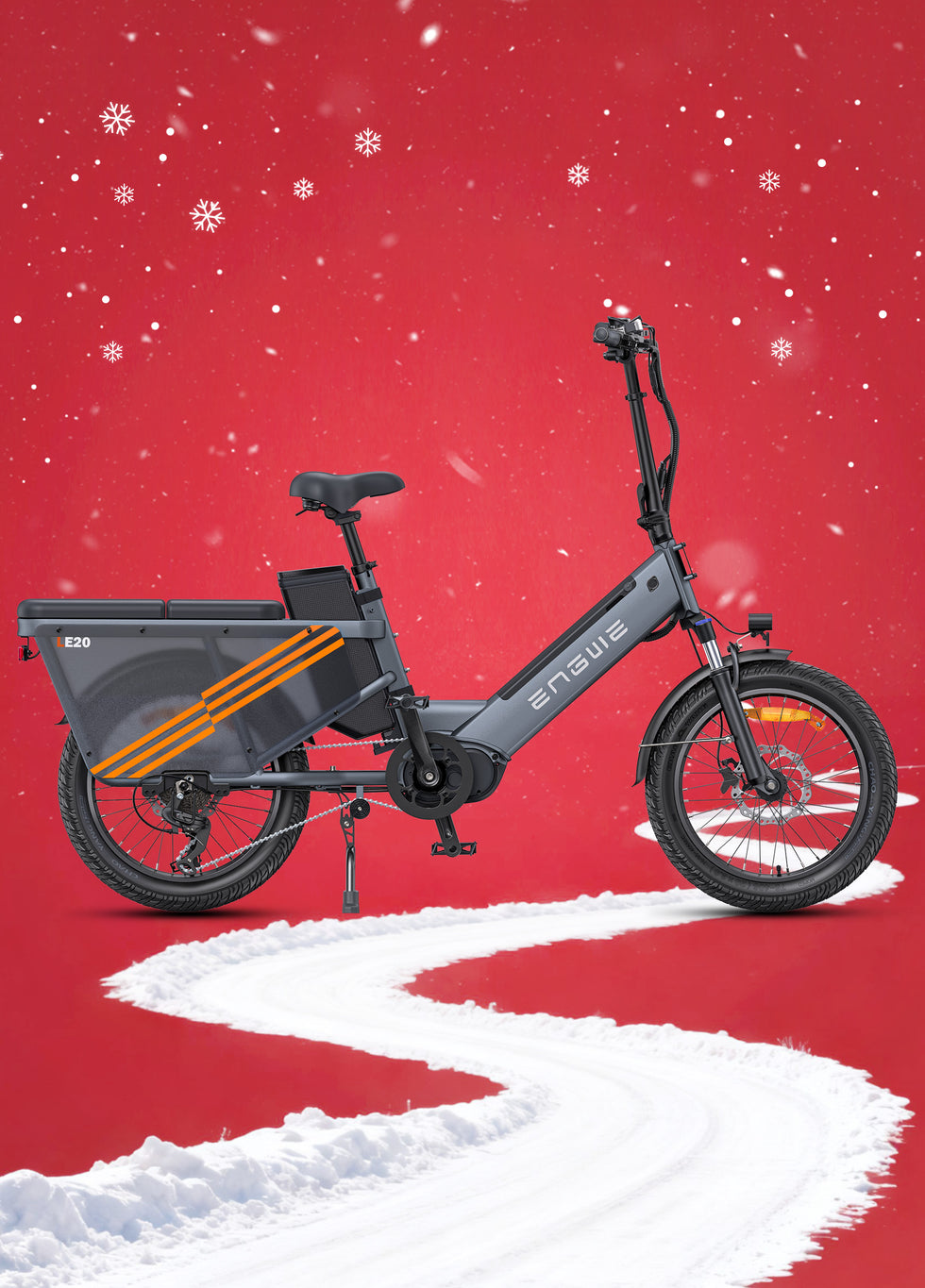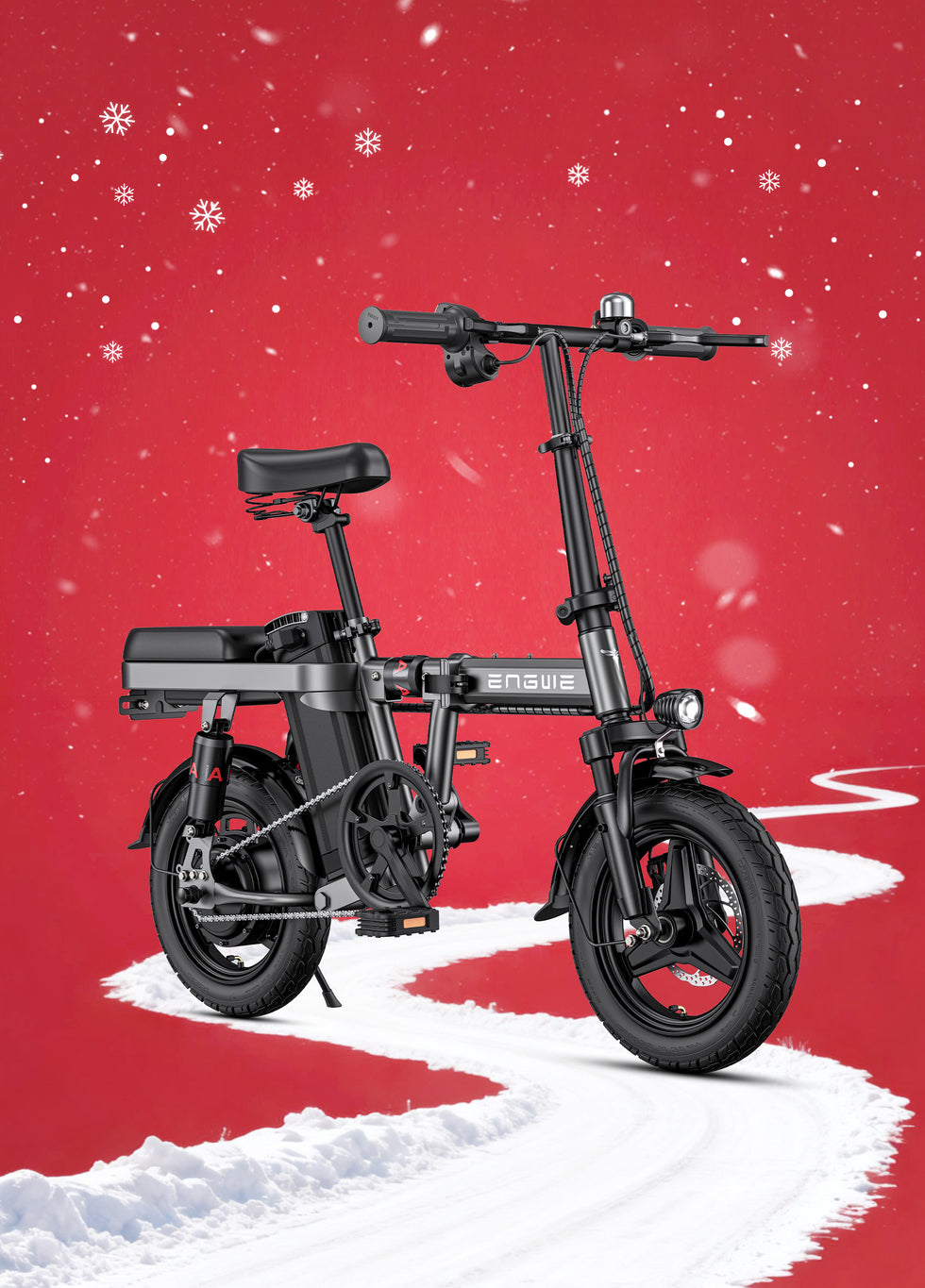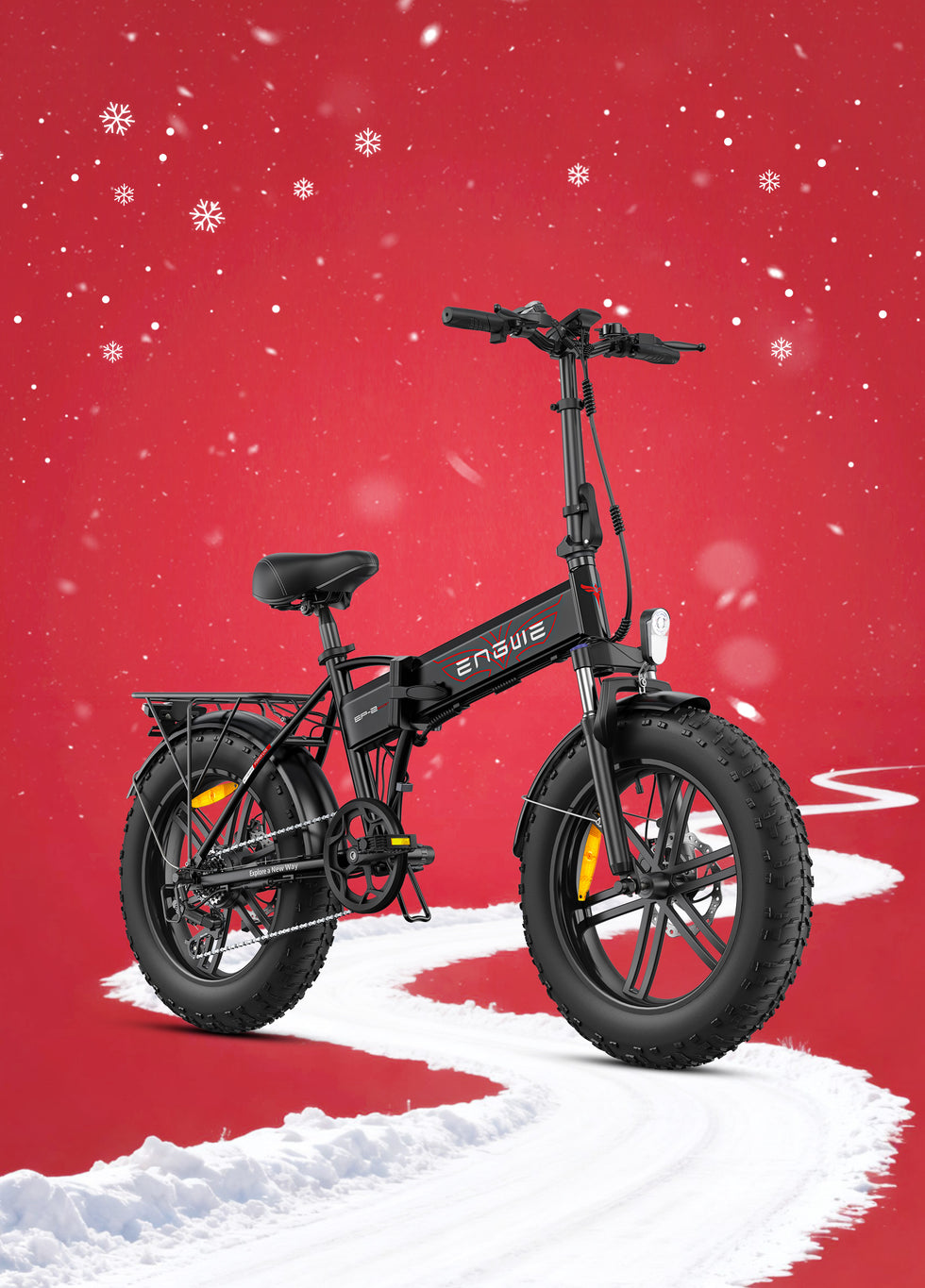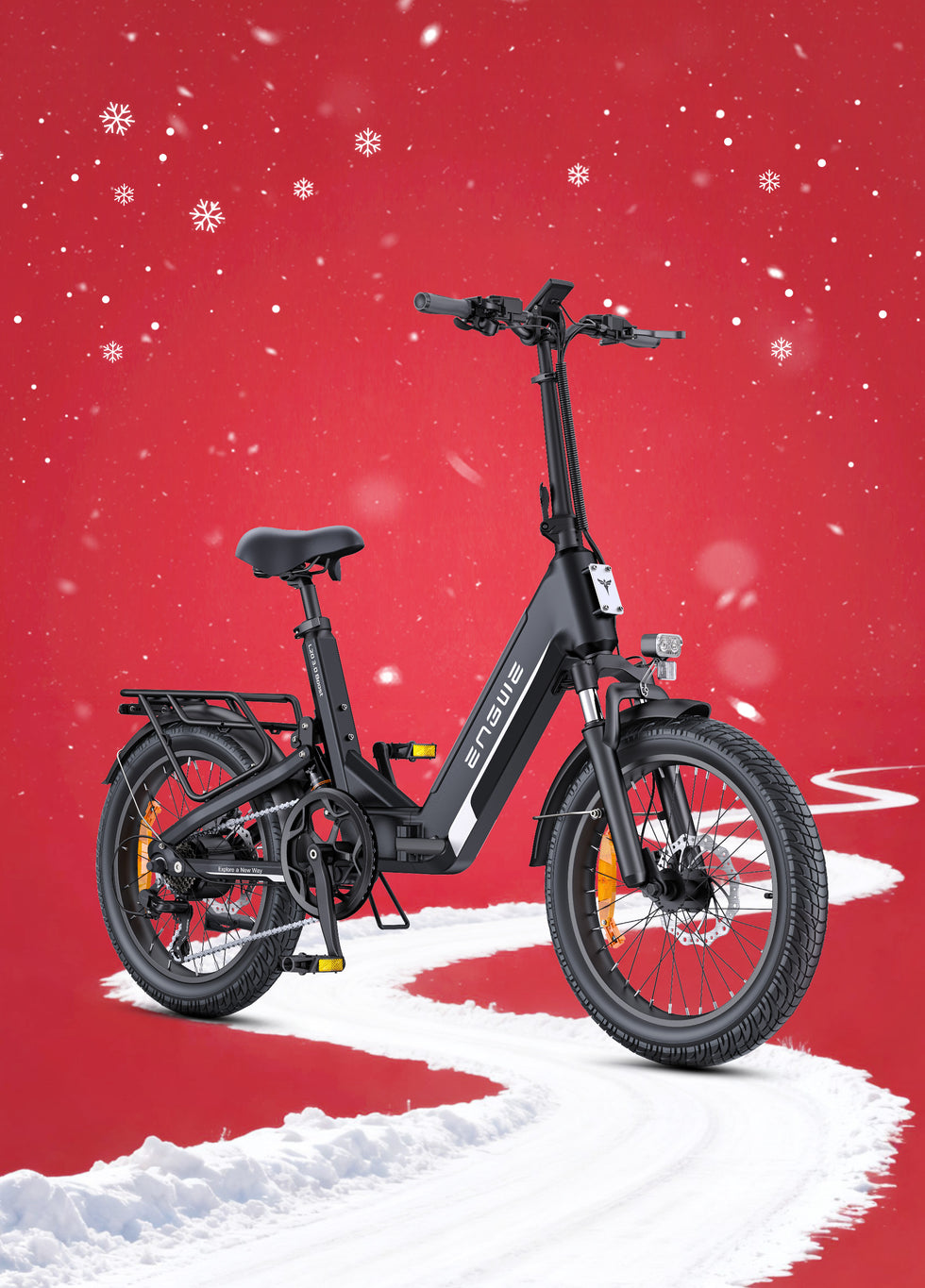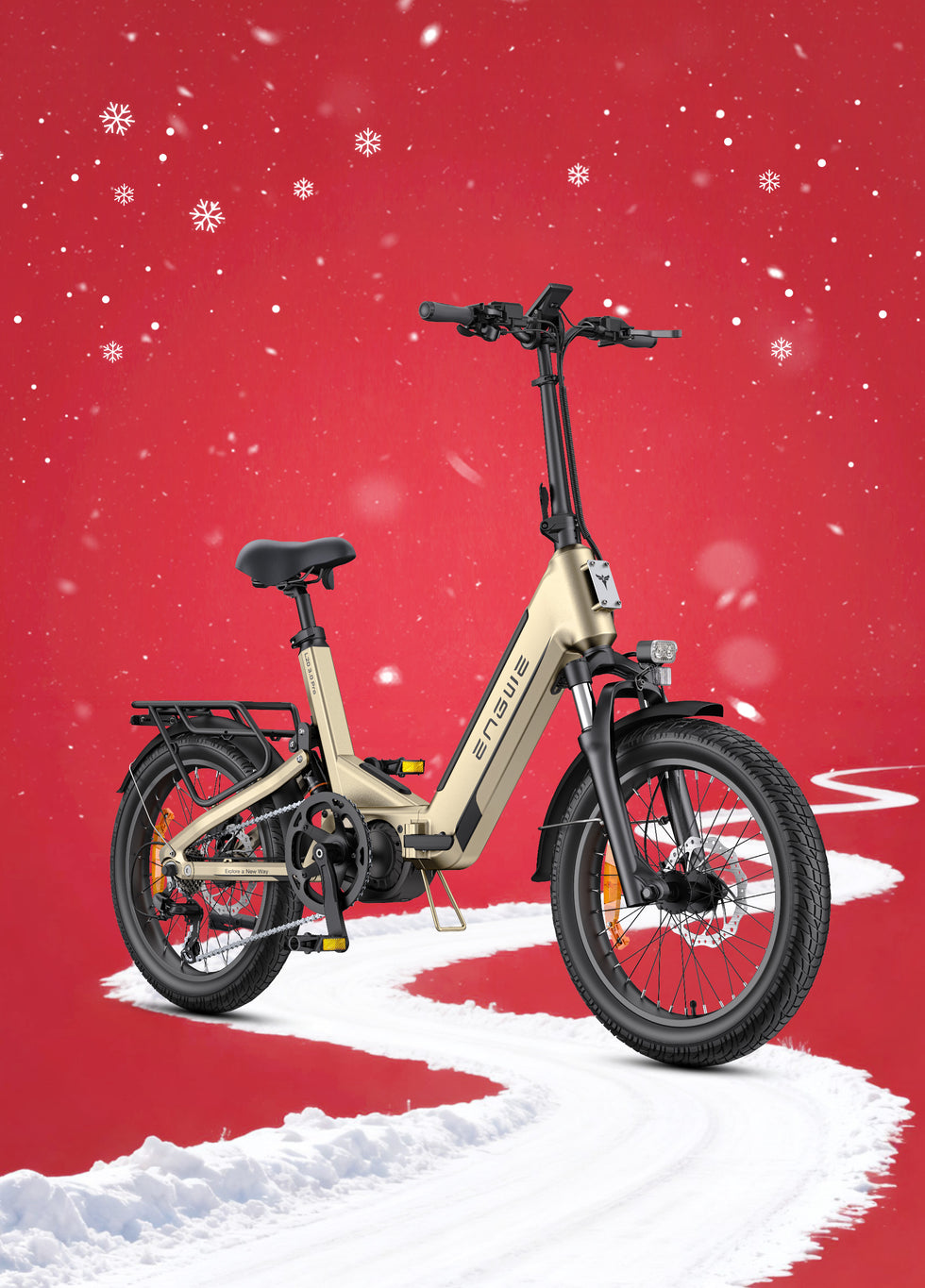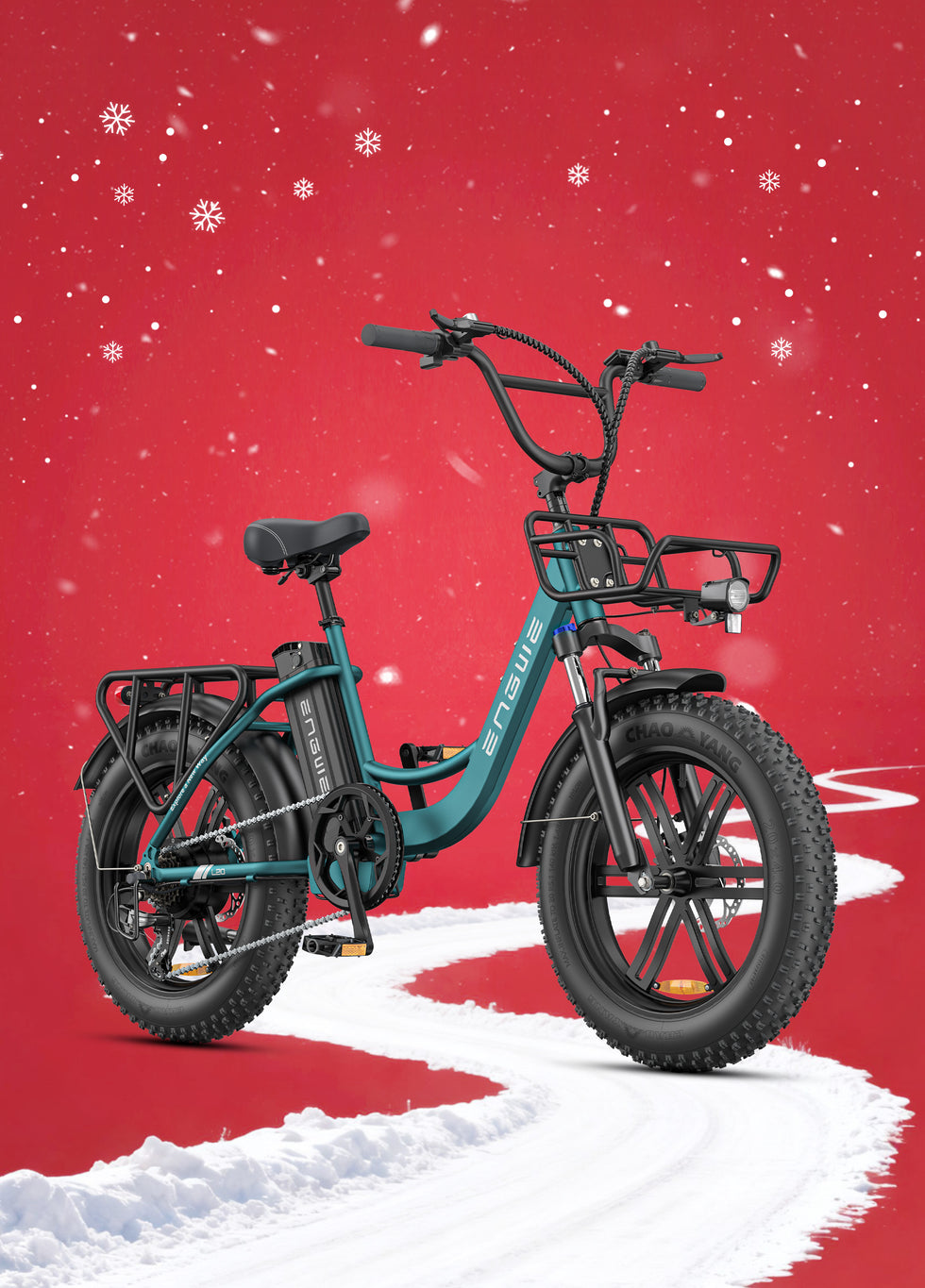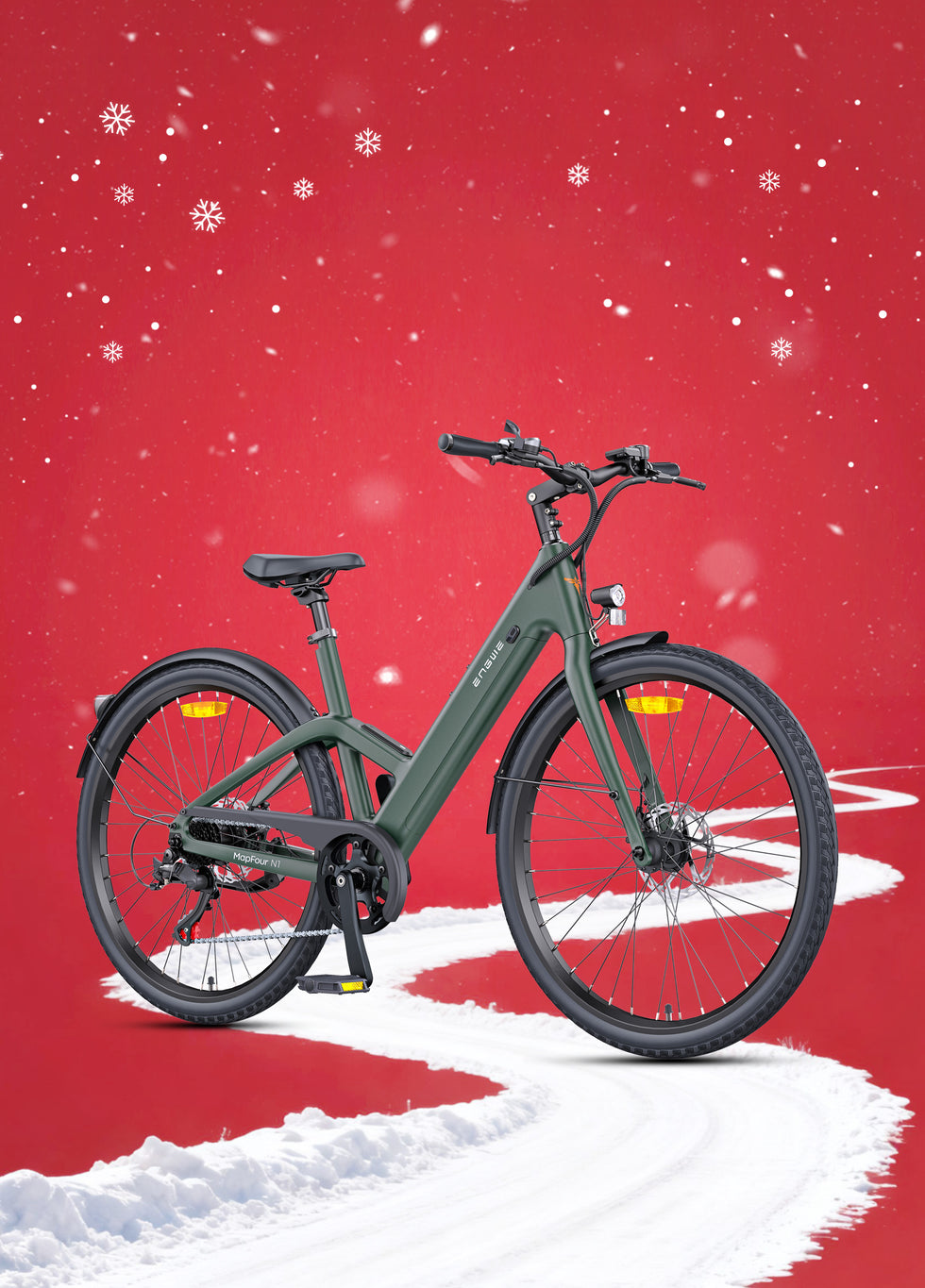Finding the best electric bike to take you over all the varied (and sometimes difficult) terrain of the UK's countryside is like entering a pretty dense forest... without a map. The technobabble out there would drown a shark, making it impossible to tell the good from the bad. But what really matters when the tarmac is over, and the trail starts? As a person who’s spent far too many hours pushing these machines out of their comfort zones on boggy bridleways, steep inclines, and dusty trails, I can tell you that the ‘best’ bike isn’t all about the biggest motor, nor is it all about the flashiest suspension. It’s a matter of finding the best partner for your kind of adventure, a machine that boosts your confidence and adds joy to the search for experience. This guide removes some of the noise and points you to the information that you, the average rider, need to be aware of in order to make an informed decision and open up a whole new world of off-road discovery.
The Heart of an Off-Road Electric Bike Explained
Before we get into particular kinds, let’s cover the foundational elements that make an electric bike off-road-worthy. Nailing them is really a no-questions-asked affair for anyone looking to go walkabout and leave sealed roads behind.
The Motor and Torque
Everyone loves the Wattage... however, the number for the boy racers among you is that of the Newton-metres (Nm) for the torque on your bike. Torque is the bike’s pulling power. A high Nm value indicates the motor can supply more forceful help at lower speeds, which is key for scaling steep, muddy hills or getting going on loose gravel. If you like to really go off-road, you are going to need a bike that will push some serious torque so that you can keep moving rather than being bogged down in mud, etc.
Battery and Range
Range anxiety is a thing, especially when you're miles from the nearest road. How far you can ride on a single charge depends on the battery’s capacity, which is measured in Watt-hours (Wh). But the stated range that the manufacturer provides is always a best-case scenario. Actual range will depend on this and many other factors such as terrain, rider weight, tyre pressure, and how much power you use. If you are going off-road, and you probably will, given that you will most likely use the higher assistance levels, a big battery equals the best battery. A removable battery is also a big advantage for easy charging and protection.
Suspension
This is the difference between a nice ride and a kidney-rattling one. A front suspension fork brings ground-gripping performance to your ride, enabling solid traction from its tyres while cushioning bumps and hits. A decent quality front suspension (in other words, a 'hardtail') is often enough for general trail riding and forestry tracks. More aggressive downhill or technical riding is aided by both front and rear suspension, but this also increases the bike’s complexity and price.
Tyres
Your fat tyres are what's in contact with the trail, and for off-road, size and tread are absolutely crucial. Bigger, knobbly tyres also provide far more traction on loose surfaces such as mud, sand, and gravel. 'Fat tyres', which are usually 4 inches wide, are the ultimate all-rounders, capable of floating you across soft terrain and giving you a comfortable ride—effectively acting as a form of passive suspension.
Brakes
What goes up is likely to come down, and possibly a lot faster. Strong and dependable brakes are an important safety feature. Most good off-road electric bikes come with disc brakes. Hydraulic disc brakes are more powerful and have more feel than mechanical brakes, but a good set of mechanical brakes with large rotors (180mm, for example) provides plenty of consistent stopping power for most riding.
An All-Terrain Adventurer Contender for All Types
While there are highly specialised bikes for those niche disciplines, many riders want an all-rounder that will cope with commuting during the week and forest trails on the weekend. This is where a good fat tyre electric bike really comes into its own, and the ENGWE EP-2 Boost shines in this respect. It has been designed to deliver a balance of power, practicality, and all-terrain capability. That 250W brushless motor meets all EU and UK regulations, but the money component here is its responsive torque sensor. This delivers a power delivery which feels incredibly natural and responsive to how hard you are pedalling and so much smoother than basic cadence sensors. For when you’re confronted with a long and challenging incline, there’s a quick usage of the Boost button that provides the full 55 Nm of torque the motor offers to give you that little push when you need it most. The basis of the bike is the chunky 20 x 4.0-inch fat tyres which, with the front suspension fork, give you total confidence and comfort no matter where you find yourself, be it on tarmac or off-road on gravel and sand tracks. Its impressive range of up to 120 km, thanks to its 48V 13Ah detachable battery, ensures range anxiety will not be a problem on longer rides. Usability is also a strong point; the EP-2 Boost comes equipped with a nifty foldable frame, so you can store it neatly in a car boot or take it along with you. For reliable, long-lasting use, speed is managed by its Shimano 7-speed gears and stopping is handled by its powerful 180mm front and rear mechanical disc brakes for safe and secure cycling. For those who want the quiver-killing bike, the EP-2 Boost is chock-full of features and a bike that’s ready to take on just about anything you can throw at it.

Your Style of Riding: What Type of Bike to Look For?
It's important to have a basic understanding of the main categories so you can make sure a bike is designed for your or your child's riding needs and style. There are three main families of off-road e-bike.

Fat Tyre E-Bikes
As we said, they are the all-terrain adventurers. They’re super stable and versatile, thanks to fat tyres that allow you to tackle pretty much any sort of surface (whether that’s muddy fields, or town and coastal paths). Good for anyone who wants a comfortable bike that they can ride anywhere without having to take it for a prep session. Their versatility makes them a perfect choice for a beginner who wants a first off-road electric bike.
Hardtail E-MTBs (Electric Mountain Bikes)
These bikes have front suspension but a 'rigid' or non-suspended rear frame. On smoother trails and climbs, they are typically lighter and more efficient than full-suspension bikes. A hardtail is the perfect cross-country bike and is ideal for more challenging forestry fire roads and less technical singletrack. They provide a more direct connection to the trail and in many cases are easier to maintain.
Full-suspension E-MTBs
With suspension in both the front and rear, these bikes are built to tackle the roughest, most technical terrain. They provide unrivalled comfort and control when descending fast on rough terrain, allowing the wheels to track the ground for optimal grip. If you’re up for the challenge of the mountain, you need a durable bike that can handle aggressive trails, which is why a full-suspension bike is the best option for attacking technical descents and getting airborne.
Legal, Maintenance and Safety Considerations in the UK
Having the best off-road electric bike is one thing; riding it responsibly is another. An electric bike can legally operate on public roads and cycle paths throughout the UK if it satisfies the 'Electrically Assisted Pedal Cycles' (EAPC) regulations. This means the motor cannot deliver more than 250W and electrical assistance must cut out at 15.5 mph (25 km/h). Your bike must not be powered by a ‘twist and go’ throttle that operates at more than 6 km/h—although, when it comes to off-road paths, the regulations can be complicated. You can ride along bridleways, restricted byways, and byways open to all traffic, but you may not cycle on public footpaths. For all others, including most forests and private estates, you must have the permission of the landowner.
Maintenance of an off-road e-bike revolves around regular cleaning (specifically of the drivetrain), monitoring brake pad wear, and maintaining tyre pressure. Finally, always wear a helmet. Decent safety gear is the best money you can ever spend.

Frequently Asked Questions
1. How close do you get to the claimed range on the battery?
As with all e-bikes, the advertised range is a manufacturer's estimate. Factors like heavy loads, fast riding, hills, overuse of the motor, and windy conditions will all reduce the actual range. For UK off-road (real-world) usage, you should expect to achieve 50-70% of the headline range. Steep hills, muddy ground, a heavier rider, and using higher power modes will all markedly reduce the maximum distance you can travel between charges. It’s always better to be conservative in your range planning and arrive home with some capacity remaining.
2. Does more motor Wattage (500W or 750W) mean better for off-roading?
Yes, you can get a higher-power motor. However, in the UK, if the motor is more powerful than 250W or provides assistance above 15.5 mph, the bike is legally classified as a moped. This means it needs to be registered, taxed, and insured, and the rider must possess a driving licence to use it on public roads. For off-roading on private land with permission, these restrictions do not apply. But a well-designed 250W motor with high torque (say, 55 Nm or more) and a responsive sensor can offer more than enough power for the vast majority of UK off-road tests and keeps you fully road-legal. Torque is what matters most for climbing.
3. How difficult is it to ride a fat tyre electric bike on regular roads?
Large tyres also make for a very comfortable and balanced ride on the road, soaking up bumps and potholes like a cushion. However, there are trade-offs. The greater contact area and wider tyres create more rolling resistance; they can feel a bit slower and require more of a push (from you or the battery) to maintain speed on smooth tarmac than a bike with narrower tyres. You may also notice a faint ‘hum’ from the tyres on tarmac. However, the compromise is often worth it for riders who split their time between on-road and off-road.
4. How hard is it to maintain an electric off-road bike?
For the average owner, maintenance is relatively easy. The main responsibilities are the same as for a regular bike: keep the chain clean and lubricated, check tyre pressures before every ride, and monitor brake pad wear. As for the electrical parts, the main component to care for is the battery: try not to store it in extreme temperatures (especially avoiding extreme cold or heat), do not leave it completely discharged for a long time, and always use the appropriate charger. An annual visit to a good bike shop is suggested to service the suspension and check electrical connections, but everyday care is simple.
5. What is a torque sensor and why is it superior?
There are two predominant types of sensor on electric bikes: cadence and torque. A basic cadence sensor simply detects if you are pedalling and then delivers a fixed amount of power based on your chosen assistance level. This can feel a bit jerky or unnatural, as the power comes on like a light switch. A torque sensor, on the other hand, measures how hard you are pressing on the pedals. It provides assistance proportional to your effort: pedal lightly and it gives a gentle push; pedal hard up a hill and it delivers a significant boost. This results in a much smoother, more intuitive ride that feels like a natural extension of your own power. It also tends to be more efficient, saving battery life.

